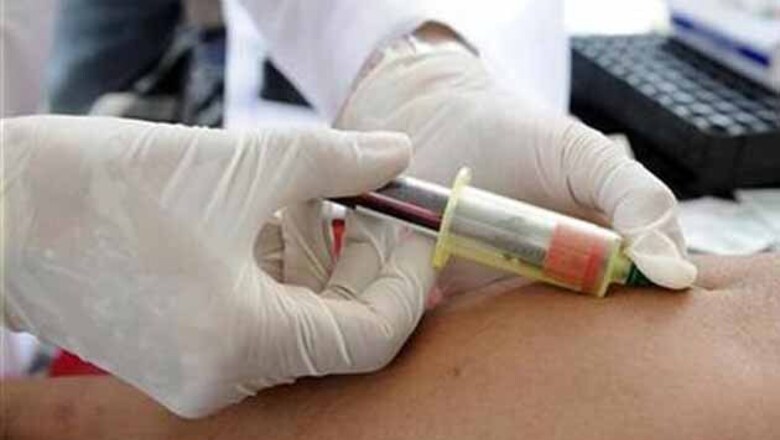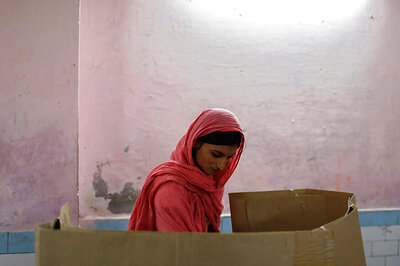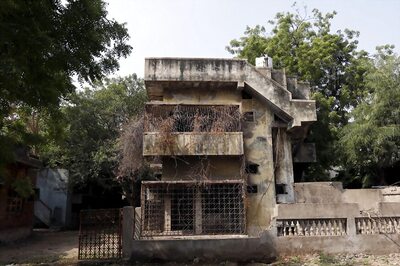
views
Washington: Expanding screening for the AIDS virus to include every American at least once and the highest-risk people once a year could prevent more than 80,000 infections over the next 20 years, researchers projected on Monday.
And if treatment for infected people were integrated into such a program, it would prevent an estimated 212,000 new infections, the team at Yale University in Connecticut and Stanford University in California reported.
The U.S. Centers for Disease Control and Prevention recommends universal screening - testing everyone at least once for the human immunodeficiency virus that causes AIDS. But little or no funding has gone to such a program.
The CDC estimates that 600,000 Americans have died of AIDS, 1.1 million are infected and 21 percent of those infected do not know it because they have not been tested. More than 56,000 Americans get infected every year with the incurable virus.
Yale's Elisa Long and colleagues at Stanford made several projections for how testing and treatment night affect the epidemic in the United States.
"Our model projects that approximately 1.23 million new HIV infections will occur over 20 years, with 74 percent occurring among high-risk persons," they wrote in their report, published in the Annals of Internal Medicine.
Those at highest risk in the United States include gay and bisexual men, blacks and injecting drug users.
"One-time screening of low-risk persons combined with annual screening of high-risk persons prevents 81,991 infections (6.7 percent of the projected total)," they added.
But a joint strategy that includes screening everyone once in their lives and annual screening of the people at highest risk, plus treatment of 75 percent of those infected, would prevent more than 212,000 infections, or 17 percent of the total, Long's team found.
TREATMENT SYNERGY
"You do the most for health outcomes by scaling up these programs together. They are synergistic," Stanford's Dr. Owens said in a statement.
Such a program would cost $26.9 billion over 20 years, or about $22,000 per quality-adjusted life year saved, an accepted measure that reflects both how long people live and their quality of life.
"We find that expanded screening and treatment could offer substantial health benefits, preventing 15 to 20 percent of new cases," Long said in a statement. "And the strategy of one-time screening of low-risk individuals and annual screening of high-risk individuals is very cost-effective."
Trying to test everyone in the country once a year would be far too expensive, Long's team found -- $750,000 per quality-adjusted life year.
Long's team also looked to see whether testing and treating nearly everyone could eliminate HIV in the United States.
"Such a strategy could prevent 24 percent of new infections but would not prevent more than 40,000 new infections each year," they wrote.
The AIDS virus is carried in blood, semen and breast milk. No vaccine is available and there is no cure, but cocktails of HIV drugs can keep patients healthy for years. There is growing evidence that the drugs may reduce the likelihood that a patient will infect someone else.
And if people know they are infected, they can reduce risky behavior likely to infect others, by using condoms, abstaining from sex, not sharing needles and using HIV drugs.




















Comments
0 comment